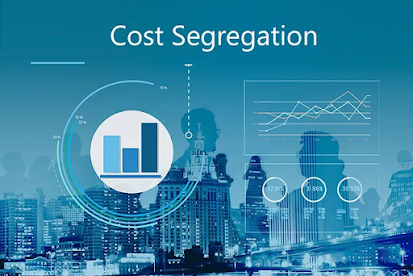Clarifications on Partial Disposition Tax Guidelines

News for CPAs: New Tax Regulations allow you to retire individual building components. Must be Done This Tax Season. CPAs and Building Owners Take Full Advantage of this New IRS Tax Regulation and Save Thousands of Dollars. Many accountants and tax professionals are not yet aware of the new partial disposition tax regulations that were enacted in the middle of tax season this past August. For the first time ever, a structural component of a building can be disposed of individually, allowing the taxpayer to realize significant additional depreciation deductions. However, if the component was replaced after 1/1/14 it MUST be addressed on this year’s tax return, or it will forever be embedded in the building’s basis. Here’s the example summarized from Treasury Decision 9689: $20MM bldg placed in service 2011. On 1/1/14, depreciation reserve is $1,261,000. Replaced the entire roof in 2014. Assume $1 million is the cost of the retired roof. On the 2014 retur...




